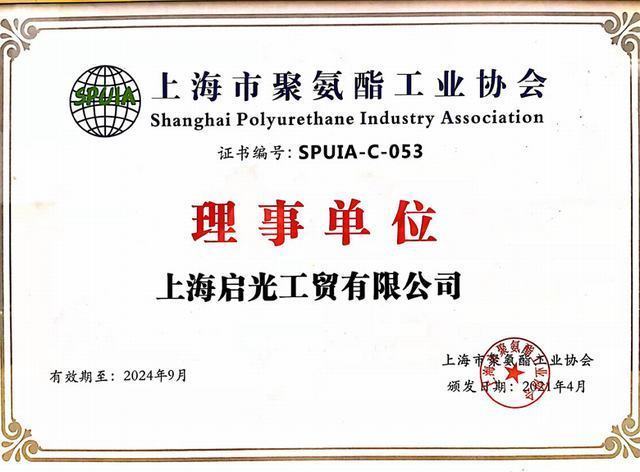Generally speaking, life on earth is defined as: a type of organism composed of organic matter and water, composed of one or more cells, with stable material and energy metabolism functions, capable of responding to stimuli, and capable of self-replication (reproduction) semi-open material system. Therefore, one of the important characteristics of life is the ability to steadily obtain matter and energy from the outside world, and to discharge waste and excess heat produced in the body to the outside world. The realization of these material and energy metabolism functions means that a large number of chemical reactions must occur every day in the living body to degrade and convert the ingested nutrients into small molecule compounds that can be absorbed and utilized by life energy, such as glucose, amino acids, and nucleotides. etc. At the same time, there are a large number of chemical reactions in the living body to synthesize the absorbed small molecular compounds into its own macromolecular compounds such as polysaccharides, proteins and genes. These chemical reactions are carried out under mild conditions in the body of life (such as body temperature or ambient temperature, normal pressure); on the other hand, the substances needed for life (such as food) are stable substances in the natural environment. These substances The chemical reactions of degradation and transformation do not occur naturally or are very slow. So how do these chemical reactions occur in living organisms? The magical substances that catalyze these chemical reactions are “enzymes”!
Enzymes are biological macromolecules with catalytic functions, namely biocatalysts. Most enzymes are proteins, and there are a few RNA molecules with biocatalytic functions called ribozymes. Almost all cellular activity processes require the participation of enzymes. Similar to chemical catalysts, enzymes speed up the reaction rate by reducing the activation energy of chemical reactions; but unlike chemical catalysts, enzymes are highly specific and only catalyze specific processes. reaction. Most enzymes can increase the reaction rate by millions of times; at the same time, as a catalyst, the enzyme itself is not consumed during the reaction, nor does it affect the chemical balance of the reaction.
Mammalian cells contain thousands of enzymes. They are either dissolved in the cytoplasm or combined with various membrane structures. These enzymes are collectively called intracellular enzymes. In addition, there are also some enzymes that are synthesized within the cell and then secreted outside the cell, called extracellular enzymes. The catalytic ability of enzymes (called enzyme activity) can be regulated and controlled by a variety of factors, allowing organisms to adapt to changes in external conditions and maintain life activities.
Generally speaking, the optimum temperature of enzymes in animals is between 35 and 40°C, and the optimum temperature of enzymes in plants is between 40 and 50°C; the enzymes of microorganisms (such as archaea, bacteria and fungi) have the optimum temperature. The optimum temperature varies greatly, especially the optimum temperature of some archaeal enzymes can be as high as 80-90°C.
There are more than 3,000 types of enzymes in the human body, which are responsible for catalyzing various metabolism-related chemical reactions in the human body. For example, the sweetness produced by rice when chewed in the mouth is due to the hydrolysis of starch into Because of maltose; various hydrolases such as pepsin and trypsin in the human body can hydrolyze proteins in food into amino acids, and then recombine them into various proteins needed by the human body under the action of other enzymes. It can be said that without enzymes, there would be no biological metabolism.

Enzyme activity in the normal human body is relatively stable, but when certain organs and tissues of the human body are damaged or disease occurs, certain enzymes are released into the blood, urine or body fluids. For example, in acute pancreatitis, starch in serum and urine Enzyme activity increases significantly; liver damage due to hepatitis and other causes leads to liver cell necrosis or increased permeability, and a large amount of transaminase is released into the blood, causing serum transaminase to increase; in myocardial infarction, serum lactate dehydrogenase and creatine phosphate kinase are significantly increased. rise. Therefore, with the help of enzyme activity measurement in blood, urine or body fluids, the occurrence and development of certain diseases can be understood or determined. Diseases caused by enzyme deficiency are mostly congenital or hereditary. For example, albinism is caused by a deficiency of tyrosine hydroxylase.

In recent years, enzymes have become more and more commonly used in clinical applications, such as plasmin, streptokinase, and urokinase, which can be used to treat thrombophlebitis, myocardial infarction, pulmonary infarction, and disseminated intravascular coagulation. to dissolve blood clots and prevent the formation of thrombus. In addition, some chemical drugs that can inhibit enzyme activity,�Bacteriostasis, bactericidal and anti-tumor treatments, such as sulfa drugs and many antibiotics can inhibit enzymes necessary for the growth of certain bacteria; many anti-tumor drugs can inhibit enzymes related to nucleic acid or protein synthesis in cells, thereby Inhibit tumor growth.

Enzymes are also widely used in industry and food production. For example, yeast used in the brewing industry uses the enzymes produced by yeast to convert starch into alcohol through processes such as hydrolysis and oxidation; the production of soy sauce and vinegar It is also done using enzymes produced by microorganisms. In short, after billions of years of evolution, life on earth has evolved a variety of different enzymes, which are not only biological catalysts necessary for the survival of life on earth, but also with the improvement of scientific level, the application of enzymes will have broader applications. prospect.